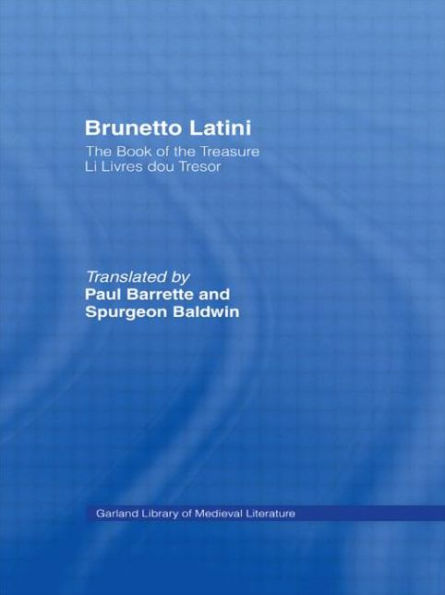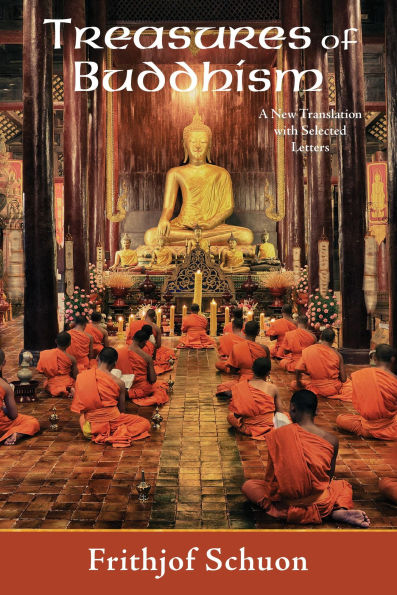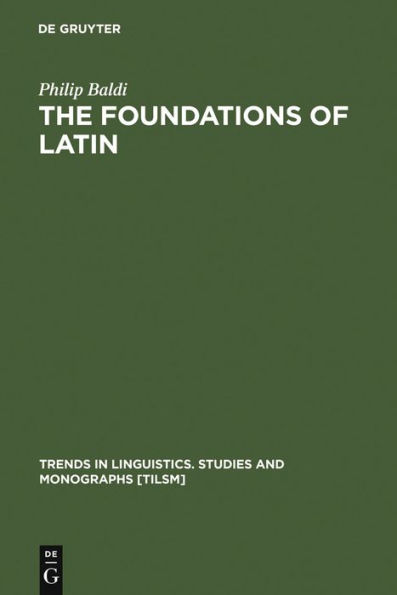Home
Brunetto Latini: The Book of the Treasure - Li Livres dou Treasure / Edition 1
Barnes and Noble
Brunetto Latini: The Book of the Treasure - Li Livres dou Treasure / Edition 1
Current price: $140.00


Barnes and Noble
Brunetto Latini: The Book of the Treasure - Li Livres dou Treasure / Edition 1
Current price: $140.00
Size: OS
Loading Inventory...
*Product information may vary - to confirm product availability, pricing, shipping and return information please contact Barnes and Noble
First published in 1993. Part of a library on Medieval Literature this volume is a translated version of 'The Book of the Treasure' by Brunetto Latini, who was a teacher of Dante and is remembered in Dante's Inferno in Canto 15
. The Book of the Treasure
is a compendium of primarily classical material, following in a long tradition of such collections, with origins in late Antiquity and the early Middle Ages, a genre which was finally to die in the Renaissance, when especially the scientific knowledge contained in these pale and corrupt reflections of classical wisdom could no longer compete with the superior scientific material from the Muslim world which began to make its way into Christian Europe as early as the 11th century.
. The Book of the Treasure
is a compendium of primarily classical material, following in a long tradition of such collections, with origins in late Antiquity and the early Middle Ages, a genre which was finally to die in the Renaissance, when especially the scientific knowledge contained in these pale and corrupt reflections of classical wisdom could no longer compete with the superior scientific material from the Muslim world which began to make its way into Christian Europe as early as the 11th century.










